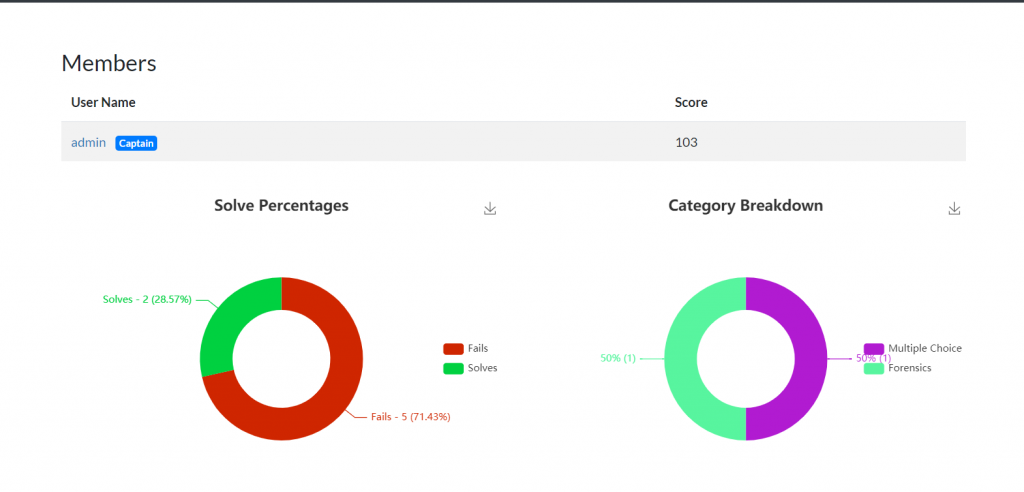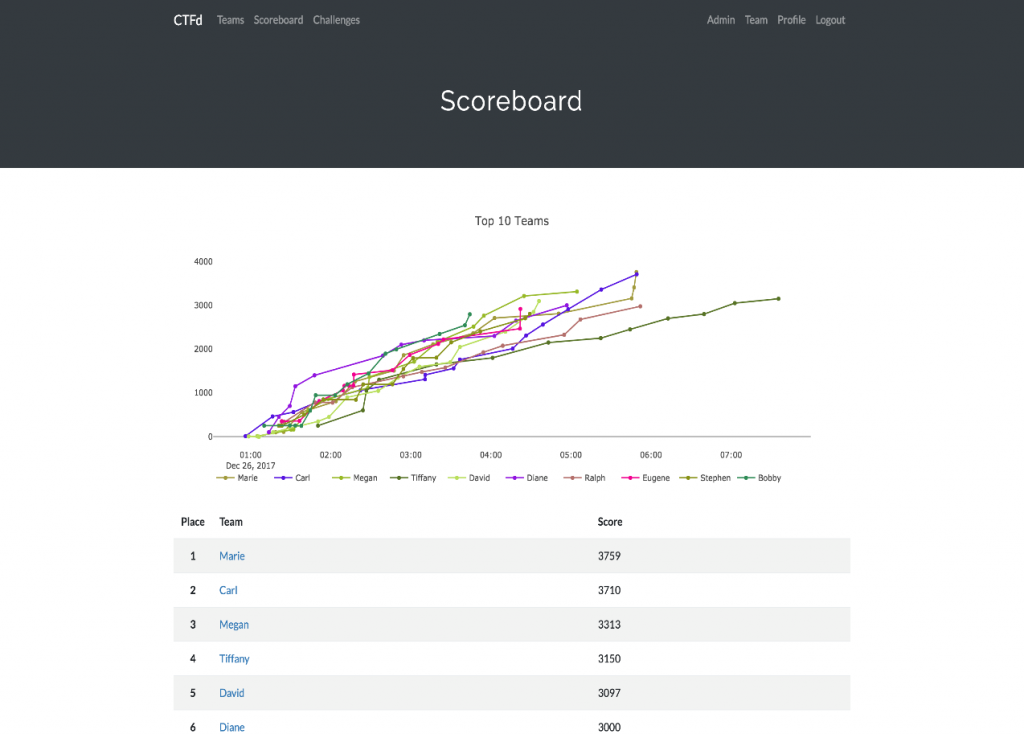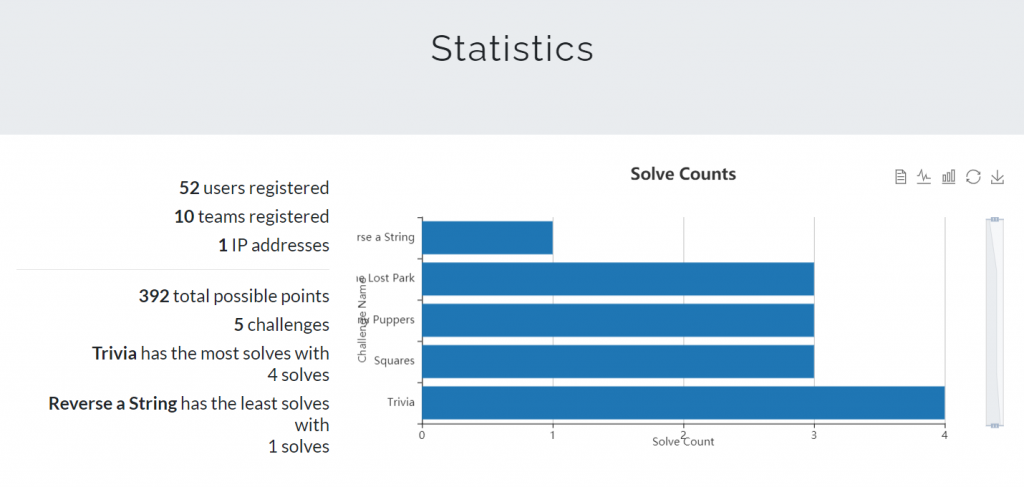CTFd.io: An interactive learning tool for Cybersecurity

by CIRT Team
Through the 4th industrial revolution is in full swing, data security has become more imperative and challenging. Computer Science education has been expanded similarly to different branches like Cybersecurity. In this article, we are going to discuss a tech tool, CTFd.io which is being used extensively in this field as a problem-solving, learning, and assessment platform focusing on information security concepts only.
In this particular system, Capture the Flag (CTF) concept is applied which solves a cybersecurity-related problem to find the hidden flag from that. This full process is embroidered in a competitive manner that motivates the learner to interact actively.
Ctfd.io is an open-source technology, allowing any institution or organization to customize it according to their own needs. It can be used as a great learning resource for cybersecurity enthusiastic and professionals in this field as well considering Cybersecurity as an advanced topic in the Computer Science area. Several online communities have been built up to practice and discuss related problem sets and made the scope of networking between the same folks heavily.
Now, if we look into the app interface from the student’s perspective, the UI is very much user friendly, straight forward and concise. Any user can register and make a team of 3-5 members to engage in this platform collaboratively. Opening the app will displays category wise problem sets. A learner can choose a challenge, have the details look and solve them with the correct answer, and submit. The system will record the answer and give feedback in real-time with instant scores and place update. Interesting thing is, a learner or participant can see how many others have already solved this problem to get an idea of the difficulty level.

In addition to that, the graphical representation of the self-progress is displayed through several charts which seems attractive to catch the eye of participants. It displays problem solved over time and category wise problem-solving percentage.
There is another noticeable feature like hints system. Students can solve an easy problem to unlock the next hard one. And if the hard one becomes quite challenging at the first stage, there are options to unlock hints by spending some existing accrued points. This tricky approach ensures the robust score quality between teams. Overall, the interface seems non-challenging for first-time users.
From the instructor’s perspective, the features are well managed to configure the full gears in a better way. In a single chart, the overall information of all the participants and problem set solve percentage is visualized. Also, specific challenge wise submission information from the participants is logged. An instructor can have the look to get an overall idea about the participants’ knowledge level based on which can provide further learning hints or training session.
Establishing questions in the system should be well performed by any person with minimum internet usage capacity. Similarly, exporting data from the system is available for future use in different events or domains. Which might be handy for an instructor while using the existing setup for his different course. However, it might be challenging for an instructor to organize the report on problem-set vs a number of participants’ attempts in a timeline as this is not directly reported in the system.
To conclude, this tool seems interesting for students with an interactive scoreboard and comprehensive statistics. When they solve a challenge, it creates confidence among the learners as they can see their live ranking upgrades. They can have an overall idea about the self-knowledge limitations by comparing the scores with others. Team activities help to share ideas through members to solve a challenge and build a strong community. In a word, Learning becomes fun using Ctfd.io with the competition vibe and real-time scoreboard.
Reference:
- https://ctfd.io/ (All screenshots are taken from this website using the demo feature)
Tanzir Ul Islam,
Digital Forensic Analyst, BGD e-GOV CIRT














